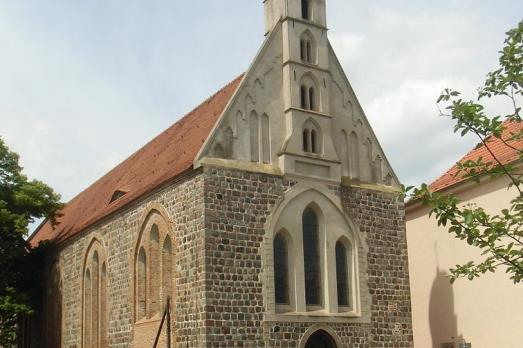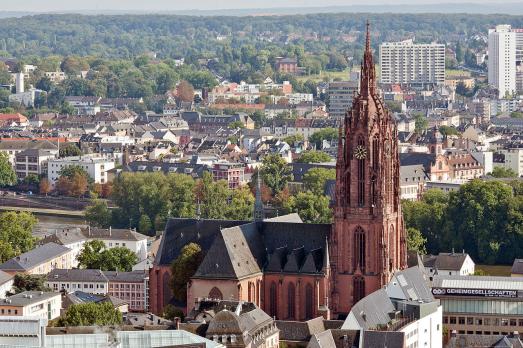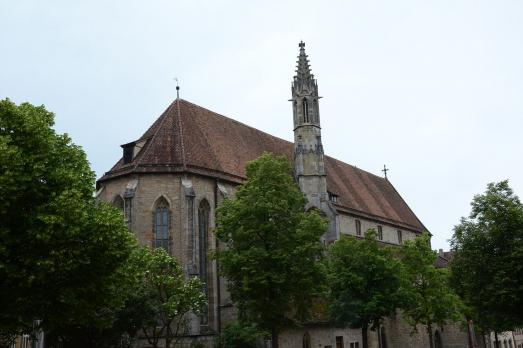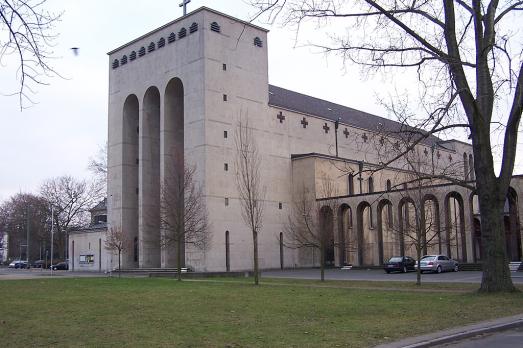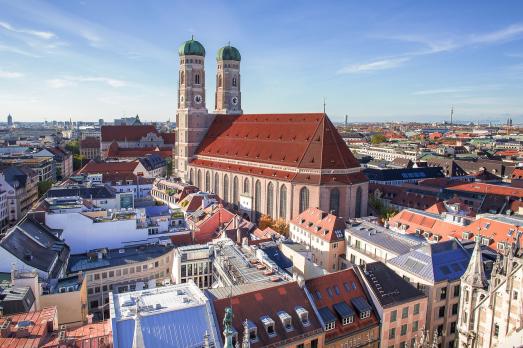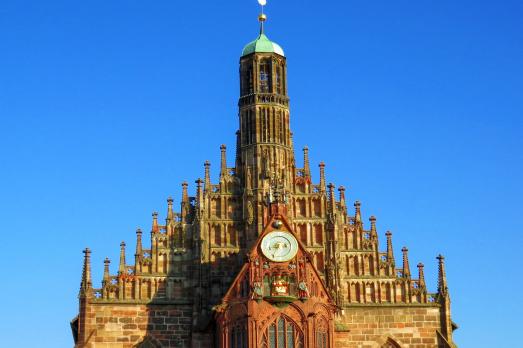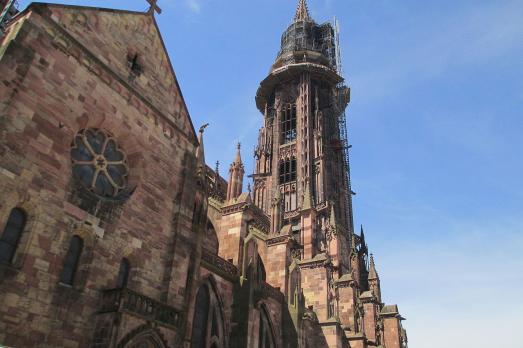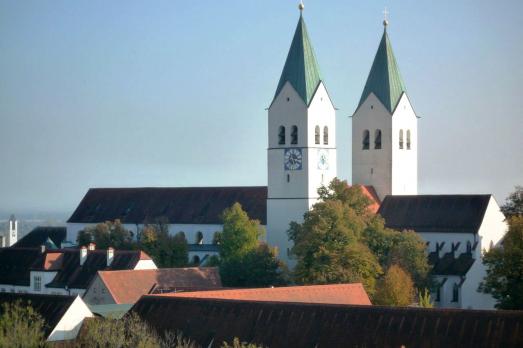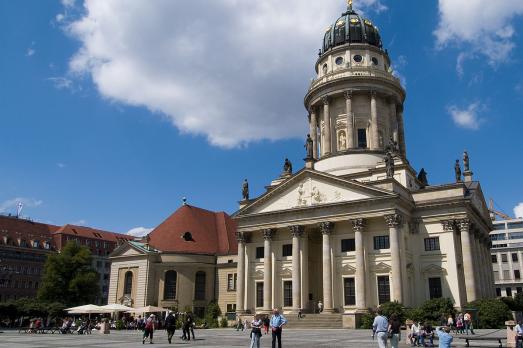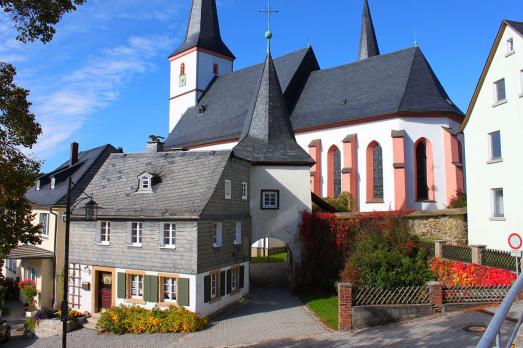
Fortified Church of Grafengehaig
Grafengehaig, DE
The Fortified Church of the Holy Spirit, founded in the 11th and 12th centuries, is one of the best preserved and oldest fortified churches in Germany. The current building dates back to the middle of the 15th century and was built with the fortifications in response to the Hussite riots (1419-1436) in neighbouring Bohemia. The vast walled area includes the cemetery and the present sacristan house, and would have had a wall-walk.
